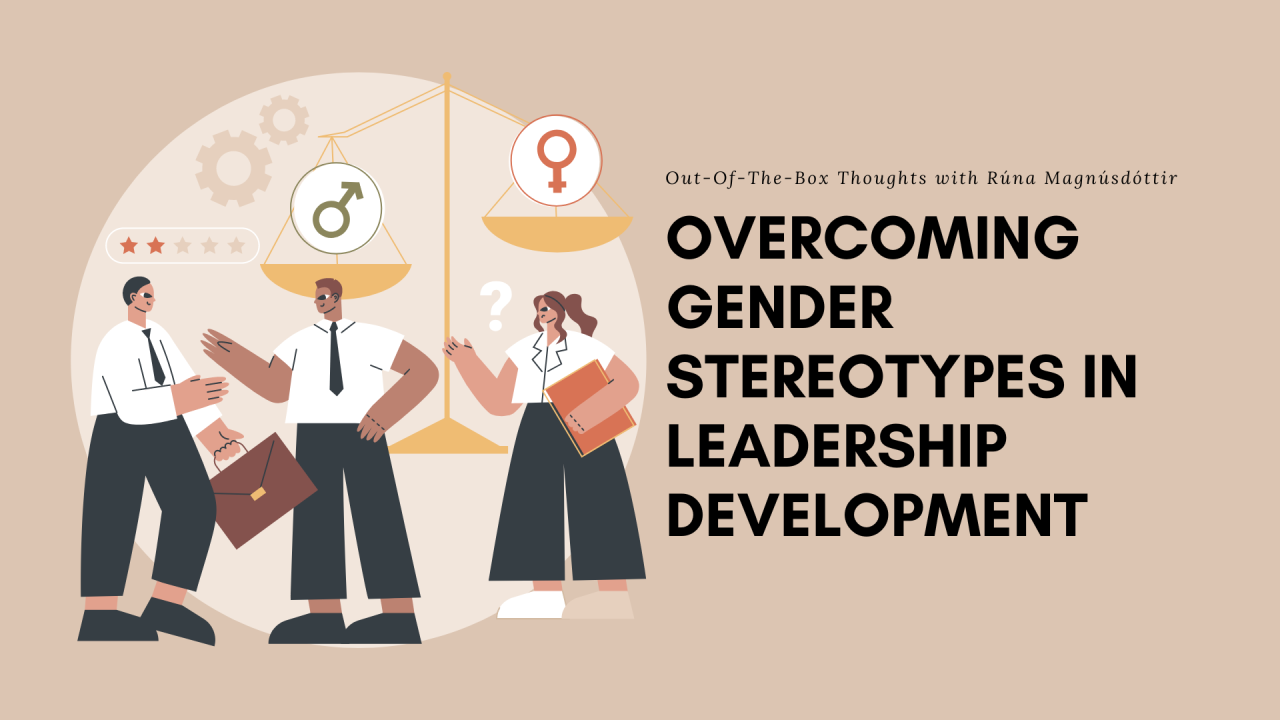Breaking Barriers: The Impact of Gender Diversity in Leadership
Introduction
Gender diversity in leadership is a critical factor for fostering innovation, improving decision-making, and driving organizational success. Breaking barriers to achieve gender diversity at the highest levels of leadership not only benefits individual organizations but also contributes to broader societal change. This article explores the impact of gender diversity in leadership, the challenges to achieving it, and strategies for promoting diversity at the top.
The Benefits of Gender Diversity in Leadership
Enhancing Decision-Making
Diverse leadership teams bring varied perspectives, leading to more comprehensive and balanced decision-making:
- Diverse Perspectives: Leaders from different gender backgrounds contribute unique viewpoints and solutions.
- Improved Problem-Solving: Varied experiences and insights lead to more innovative and effective problem-solving.
Case Example: Successful Diverse Teams
Companies with diverse leadership teams often show improved performance and innovation, as diverse perspectives lead to better decision-making.
Driving Innovation and Performance
Gender diversity in leadership drives organizational success by fostering a culture of innovation:
- Creativity: A diverse leadership team is more likely to generate creative ideas and approaches.
- Competitive Advantage: Organizations with diverse leaders often perform better and have a competitive edge in the market.
Case Example: High-Performing Companies
Companies known for their diverse leadership teams, such as those in tech and finance, often outperform their peers in terms of innovation and financial performance.
Challenges to Achieving Gender Diversity in Leadership
Systemic Barriers
Organizational and Cultural Barriers
Systemic barriers can hinder the progress of gender diversity in leadership:
- Bias and Discrimination: Unconscious bias and discriminatory practices can limit opportunities for women and non-binary individuals.
- Lack of Support: Inadequate support systems and mentorship opportunities for diverse talent can impact career advancement.
Case Example: Gender Bias in Hiring
Bias in recruitment and promotion processes often results in fewer women and non-binary individuals reaching leadership positions.
Lack of Representation and Role Models
Importance of Representation
Representation and visible role models are crucial for inspiring and supporting diverse talent:
- Role Models: Seeing individuals who have successfully navigated leadership roles can motivate others.
- Mentorship: Access to mentors and sponsors is vital for career development and progression.
Case Example: Leadership Role Models
Organizations with visible diverse role models and mentors can inspire and support the next generation of leaders.
Strategies for Promoting Gender Diversity in Leadership
Implementing Inclusive Hiring Practices
Fair Recruitment Processes
Adopting fair and inclusive hiring practices helps increase gender diversity:
- Diverse Talent Pools: Actively seek and recruit talent from diverse gender backgrounds.
- Bias-Free Hiring: Implement measures to reduce unconscious bias in recruitment and selection processes.
Case Example: Inclusive Recruitment Strategies
Companies that adopt inclusive hiring practices often see increased gender diversity in leadership roles.
Developing Leadership Programs
Training and Development
Leadership programs focused on developing diverse talent are essential:
- Leadership Training: Offer training and development programs tailored to prepare individuals from diverse backgrounds for leadership roles.
- Mentorship and Sponsorship: Establish mentorship and sponsorship programs to support career advancement for women and non-binary individuals.
Case Example: Leadership Development Initiatives
Programs designed to nurture and develop diverse talent help build a strong pipeline of future leaders.
Creating an Inclusive Culture
Fostering an Inclusive Environment
An inclusive organizational culture supports gender diversity in leadership:
- Supportive Policies: Implement policies that promote work-life balance, such as flexible working arrangements and parental leave.
- Inclusive Practices: Foster a culture of inclusion and respect, where all employees feel valued and supported.
Case Example: Inclusive Workplaces
Organizations that prioritize inclusivity and support work-life balance often see higher retention rates and increased gender diversity in leadership.
Measuring and Monitoring Progress
Tracking Metrics
Regular measurement and monitoring are essential for ensuring progress towards gender diversity goals:
- Diversity Metrics: Track gender diversity metrics, including representation in leadership roles and career progression rates.
- Feedback Mechanisms: Use employee feedback to identify areas for improvement and measure the effectiveness of diversity initiatives.
Case Example: Diversity Dashboards
Companies with diversity dashboards and regular reporting can effectively track progress and make data-driven decisions.

Conclusion
Achieving gender diversity in leadership requires breaking down systemic barriers, addressing biases, and implementing effective strategies. By enhancing decision-making, driving innovation, and creating an inclusive culture, organizations can benefit from diverse leadership teams. Addressing challenges, promoting inclusive practices, and measuring progress are crucial for fostering gender diversity at the top. Investing in these strategies not only benefits organizations but also contributes to broader societal change, paving the way for a more equitable and inclusive future.



